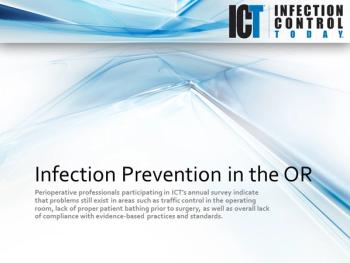
News













The University of Maryland School of Medicine and Novavax, Inc. announce that an investigational vaccine candidate developed by Novavax against the recently emerged Middle East Respiratory Syndrome Coronavirus (MERS-CoV) blocked infection in laboratory studies. UM SOM and Novavax also reported that a vaccine candidate against Severe Acute Respiratory Syndrome Coronavirus (SARS-CoV) developed by Novavax on a similar platform also inhibited virus infection. Researchers reported these findings in an article published in the April 13, 2014 issue of Vaccine.





A gift from the Dr. G. Clifford & Florence B. Decker Foundation will enable Binghamton University biologists and their colleagues to conduct tests and research that will improve health outcomes for patients in Southern Tier hospitals with conditions ranging from ear infections to cancer.









As of April 23, 2014, the Ministry of Health (MOH) of Guinea has reported a cumulative total of 218 clinical cases of Ebola Virus Disease (EVD), including 141 deaths. To date, 191 patients have been tested for ebolavirus infection and 115 cases have been laboratory confirmed, including 72 deaths. In addition, 42 cases (34 deaths) meet the probable case definition for EVD and 61 cases (35 deaths) are classified as suspected cases. Twenty-six (26) health care workers (HCW) have been affected (18 confirmed), with 16 deaths (12 confirmed).

